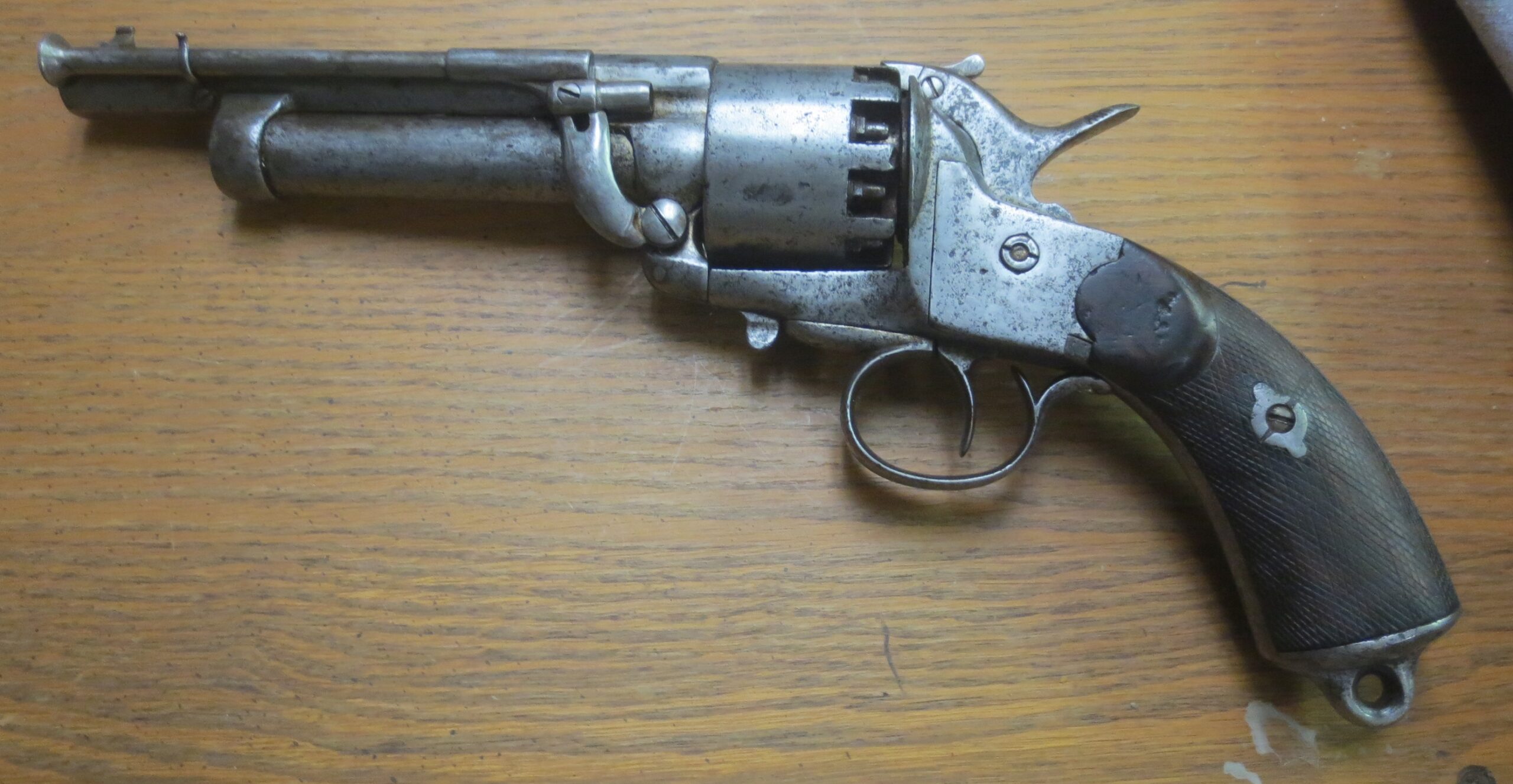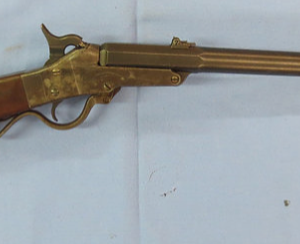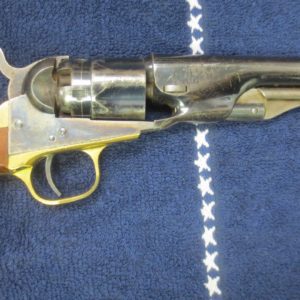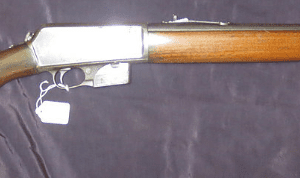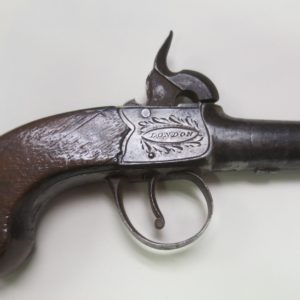Description
One of the most highly sought after pistols of the American Civil War, what stories this one could tell if it could talk! This is a solid example of an early 2nd model French-made LeMat which are incredibly rare to encounter, making them extremely desirable for collectors. The revolvers were manufactured in Paris in 1863 to early 1864 and smuggled in via the Union Blockade. Many senior Confederate officers carried the LeMat revolvers. They are closely associated with the likes of Confederate General J.E.B. Stuart who carried a LeMat revolver when he was mortally wounded at the Battle of Yellow Tavern in 1864.
Martial pistols of the era held mostly five or six shots, a quantum leap over the single-shot pistols still in use. Dr. Alexander LeMat dreamed of even more shock and awe. In 1856, he applied for a patent on a 9-shot revolver, rotating on an 18-gauge shotgun barrel capable of shooting one 400-grain ball or a charge of buckshot. The hammer was unique with a pivoting tip to hit the nipples of the revolver or the center chamber. In total, the handgun could fire 10 shots. To many, the center barrel was a cannon filled with grapeshot. The moniker stuck. His invention became known as “LeMat’s Grapeshot Revolver.”
As fate would have it, LeMat’s wife was a cousin to General Pierre Gustave Toutant Beauregard, perhaps best known for his role in bombarding Fort Sumter and starting the Civil War. In 1859, Beauregard was still a highly respected U.S. Army officer. He was impressed with LeMat’s prototype revolver so much that preliminary test trials were held in New Orleans. The other officers involved were equally impressed. They all felt it was better than any weapon currently in use by the military, including those made by Colt.
It was the perfect weapon for cavalry and artillery units, and the navy saw it as a great weapon to defend against boarders. The Union blockade took its toll and the Confederacy only received a fraction of the 8,000 LeMats contracted for. Approximately 3,000 LeMat revolvers of all patterns were manufactured. At present, fewer than 200 are known to have survived.
This example shows overall moderate to heavy use but is completely functional and markings are clear and legible. It was cleaned at some point in time and is now a mellow gray patina overall. This example is extremely moderately priced compared to most that have been available on the open market in several years.
